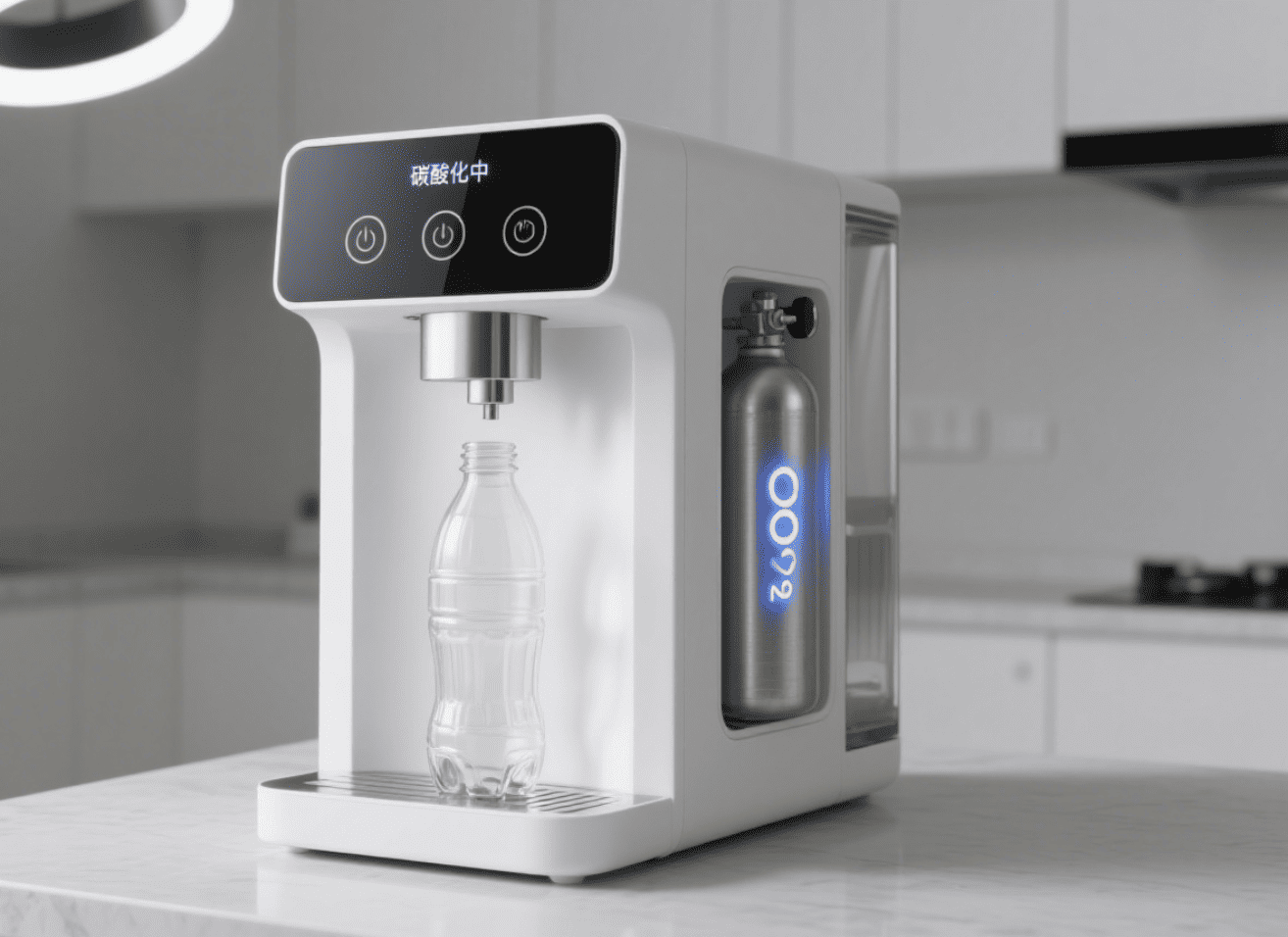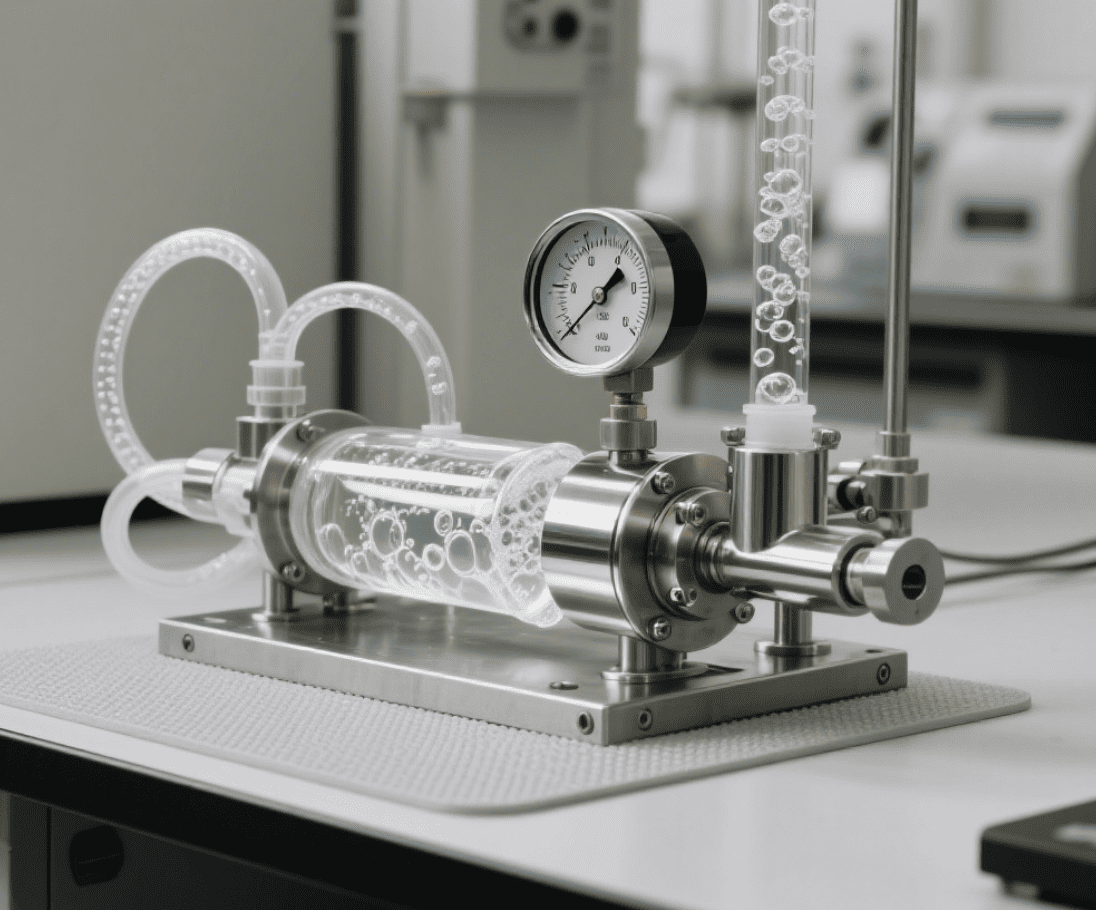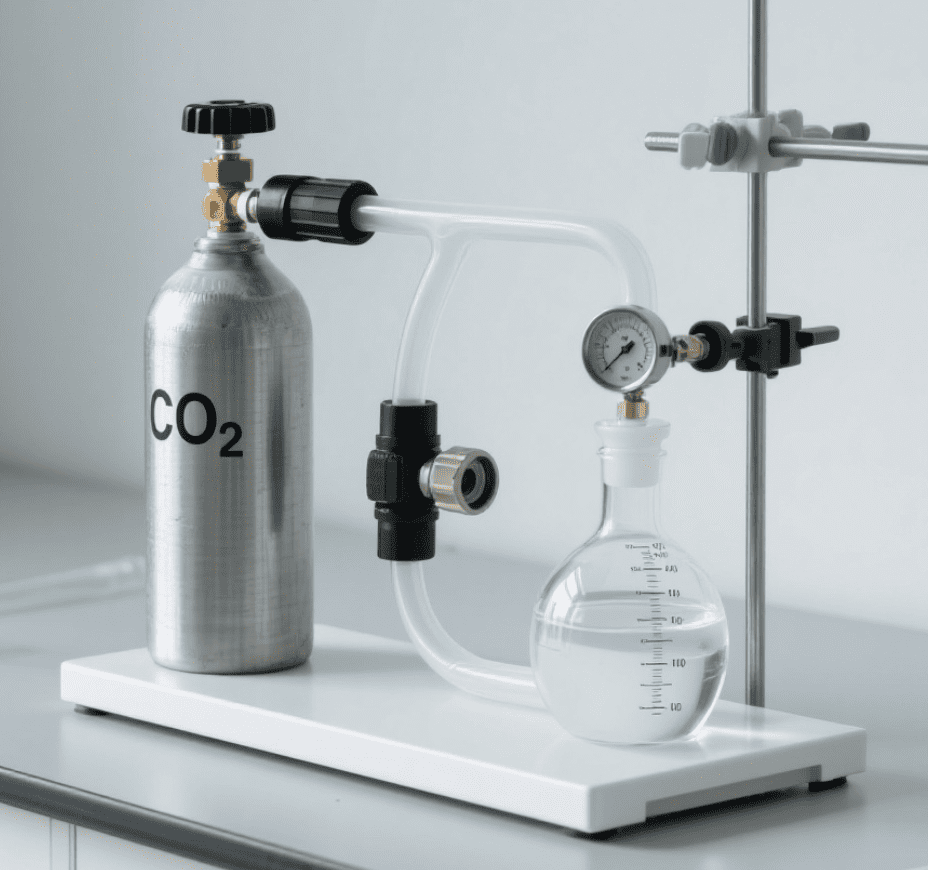The Evolution of Carbonated Soda Machines
Introduction — Why Soda Machines Matter
Carbonated beverages have been a global favorite for centuries, enjoyed across cultures in both casual and formal settings. The fizz, the pop, and the refreshing sensation all stem from one essential element—carbonation. Behind this bubbly magic lies an innovation that has quietly transformed how we enjoy sparkling drinks: the carbonated soda machine.
From antique soda siphons to sleek, app-controlled soda dispensers, these machines have come a long way. Their evolution reflects shifts in technology, lifestyle, sustainability concerns, and consumer preferences. Let’s explore how carbonated soda machines have developed and what it means for both home and commercial users today.
Early Innovations in Soda Making
The roots of soda-making can be traced back to the late 18th century when scientists began experimenting with carbon dioxide gas in water. Joseph Priestley, an English chemist, is credited with discovering a method to infuse water with CO2, which became the foundation for carbonated beverages.
Manual soda siphons appeared in the 19th century, allowing people to create carbonated water on demand. These early devices used pressurized containers and rudimentary CO2 delivery systems. Though bulky and limited in functionality, they were a milestone in personalized carbonation.
Rise of Commercial Carbonated Soda Machines
By the early 20th century, carbonated soda machines became common in diners, pharmacies, and soda fountains across the United States and Europe. These systems combined CO2 cylinders with flavored syrups and pressurized dispensers to create a wide range of sparkling drinks.
Key innovations during this era included:
Advanced CO2 cylinder technology that ensured consistent carbonation
Integration of refrigeration systems for chilled dispensing
Introduction of multi-nozzle soda dispensers for quick service
These commercial soda machines were not only functional but became a part of social culture. Gathering around a soda fountain was a shared experience, bringing people together with the promise of fizzy refreshment.
The Home Soda Machine Revolution
The 21st century marked a significant shift toward home carbonation. As consumers became more health-conscious and environmentally aware, interest in making carbonated beverages at home grew. Modern home soda makers are compact, stylish, and easy to use, requiring only a CO2 cartridge and cold water.
Advantages of home soda machines include:
Control over sugar and flavor levels
Reduction in single-use plastic bottle waste
Convenience of carbonation at home
These systems often use refillable CO2 cylinders, making them both economical and sustainable. Some even allow you to adjust the level of fizz, catering to personal taste preferences.
Today’s Smart Soda Dispensers and Trends
Today’s soda systems are smarter, more energy-efficient, and designed with modern users in mind. App-controlled carbonated soda machines allow users to customize carbonation levels, track CO2 usage, and even schedule refills.
Emerging trends in carbonated beverage systems include:
Eco-friendly CO2 sourcing: More brands and users are opting for recycled or renewable CO2 gas.
Reusable components: Machines designed for long-term use with minimal waste.
Compact design: Especially for smaller homes, kitchens, or offices.
On-demand carbonation: Some commercial soda dispensers now allow for real-time flavor mixing and carbonation at point-of-sale.
Whether at home or in business, modern soda systems focus on personalization, sustainability, and convenience.
Conclusion — From Vintage to Smart: What’s Next?
The evolution of carbonated soda machines mirrors our changing relationship with food, technology, and the environment. What started as a scientific curiosity has turned into a vital part of both home kitchens and commercial beverage stations.
Today’s users have more options than ever—from classic manual soda makers to intelligent, Wi-Fi-enabled soda dispensers. If you’re considering adding a soda system to your lifestyle or business, consider your carbonation needs, CO2 refill access, and the long-term sustainability of the machine.
Carbonated soda machines have evolved—but their goal remains the same: to deliver the perfect fizz, anytime you want it.
FAQ
Q1: What’s the difference between soda siphons and soda machines?
A: Soda siphons are manual, usually smaller, and typically used for plain carbonated water. Soda machines offer more functionality, including flavor mixing, CO2 control, and often more carbonation power.
Q2: Can I use commercial CO2 cylinders for home soda makers?
A: It depends on the model. Some home soda systems are compatible with commercial-sized CO2 cylinders using adapters, but always check manufacturer guidelines for safety.
Q3: How long does a CO2 cylinder last in a soda machine?
A: A standard 60L CO2 cylinder typically carbonates 50–60 liters of water. Frequency of use and carbonation level will affect longevity.
Q4: Are home soda machines environmentally friendly?
A: Yes. They reduce the need for single-use plastic bottles and encourage the use of reusable CO2 cartridges and bottles.
 Innovative Features of Modern
Innovative Features of Modern
 The Science Behind Carbonated
The Science Behind Carbonated
 How to Care for Carbonated Sod
How to Care for Carbonated Sod
 The Evolution of Carbonated So
The Evolution of Carbonated So
